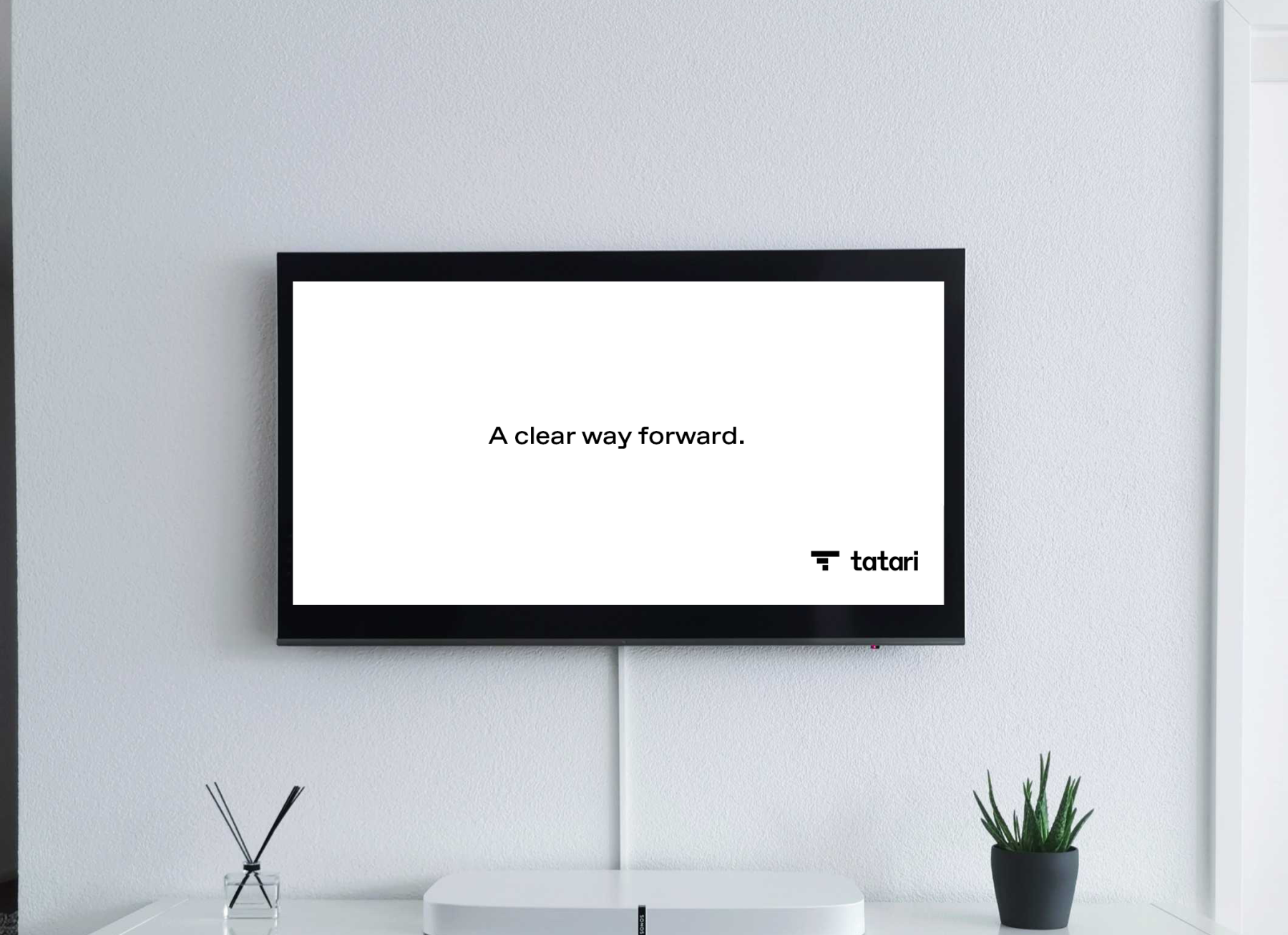
Why your TV commercial should have a persistent brand watermark
What exactly makes a great ad? Making a powerful creative is both an art and a science, and at Tatari we provide guidance for both. Artistic aspects like tone and production quality are critical to a great creative, but difficult to objectively isolate and measure. In this article, we discuss the quantitative aspects and focus on the more objective binary features that can be tested for impact on creative performance.
In addition to examining creative de-bias for each client, another method we use to understand what makes an ad creative perform is tagging specific elements (e.g. coupon code, persistent brand watermark, etc.) in every creative that is aired across all our clients. We then look for all creatives that have the same tag and see if it is correlated with (strong) performance.
Some of these tested features can drive a 20% higher lift. While we won’t unveil all of them in this post, we will discuss one which has been effective for 70% of Tatari clients who have tested it: brand watermarking! See table below.
Across all A/B tests conducted, the insertion of a brand watermark has been effective for 70% of Tatari clients, with an average response lift of 8% for creatives.
Why does it generally work? People may be partially distracted or even mute the volume on their TV, and in some cases, viewers could lose interest before the brand name is shown. Also, memories are fallible and visually linking the brand name throughout the spot can engrain a connection between the product and the brand. Finally, in some cases a brand of URL might not have the expected spelling. For example, brand XYZ might have the URL: www.buyXYZ.com. The persistent URL will help avoid having a frustrated potential buyer give up before making a purchase.
How the brand watermark is executed is also important. Displaying a banner with the brand name and website URL at the bottom of the screen is correlated with lower response. Possibly that owes to pulling the viewer’s attention away from the body of the spot and also requires more mental processing The lower response may also owe to an association with stereotypical lower quality “Call Now!” infomercial-type ads.
We recommend creative testing to continuously improve creatives. Including a creative with a brand watermark is a simple yet likely effective option for such a test, but it’s just one of many more elements that we examine (using quantitative data & analysis) with our clients and their production agencies.

Param Dhillon
I like science, data, and roller derby.
Related
How to Budget and Plan for TV in 2026
TV continues to grow as a viable channel for advertisers, earning a larger role in how brands plan, scale, and measure their media investments. This guide breaks down the key TV trends shaping 2026, including a quarter-by-quarter look at the biggest events influencing budget decisions.
Read more
Why Programmatic Buying Alone Isn’t Enough To Win on CTV
CTV ad spend is surging toward $51B by 2029 — and brands relying only on programmatic are missing the biggest opportunities. See how top advertisers are using a hybrid buying strategy to unlock premium reach and full-funnel impact.
Read more
What Advertisers Need to Know About TV Sports Advertising in 2026
TV sports advertising in 2026 is being reshaped by streaming, fragmented media rights, and rapidly changing ad prices. This guide shows advertisers where sports audiences live and how to buy across leagues effectively at any budget.
Read more


